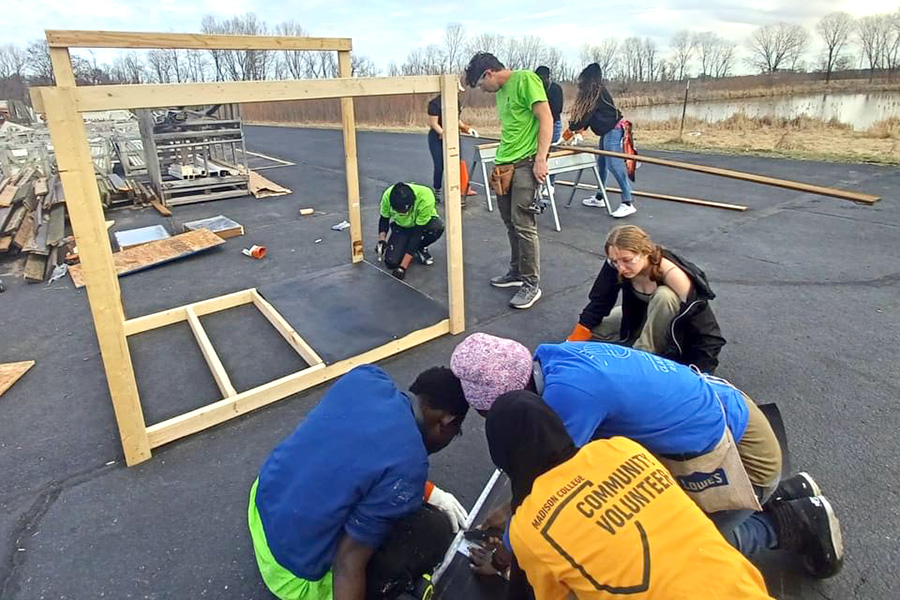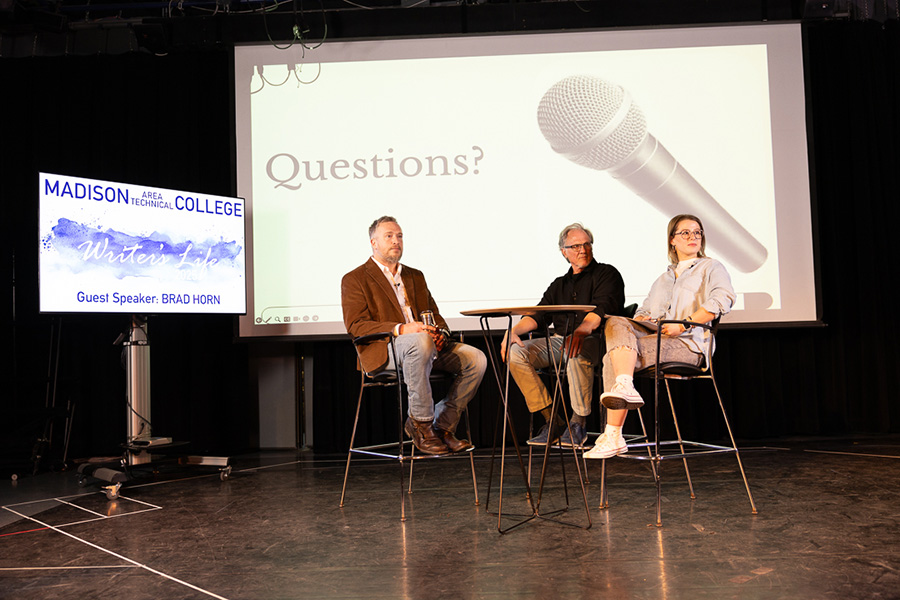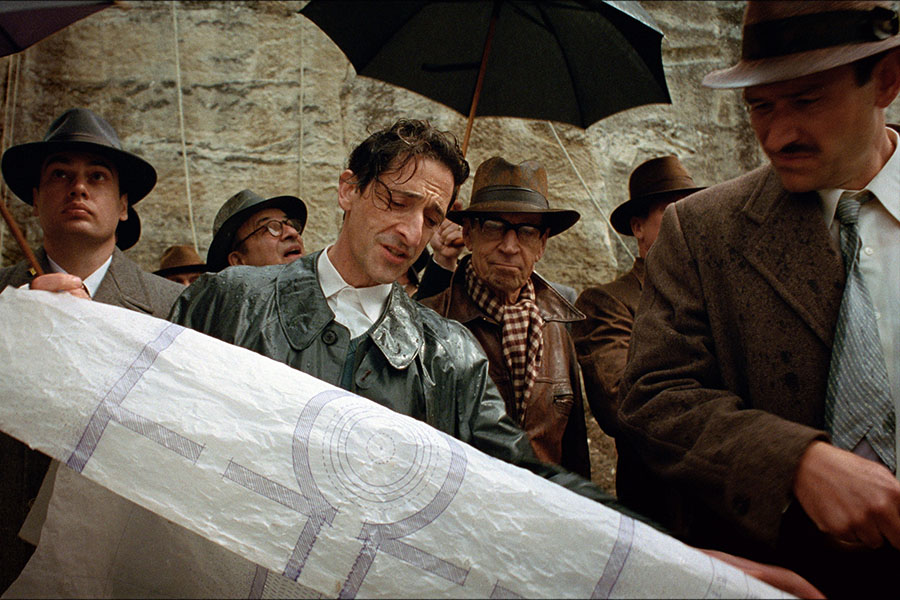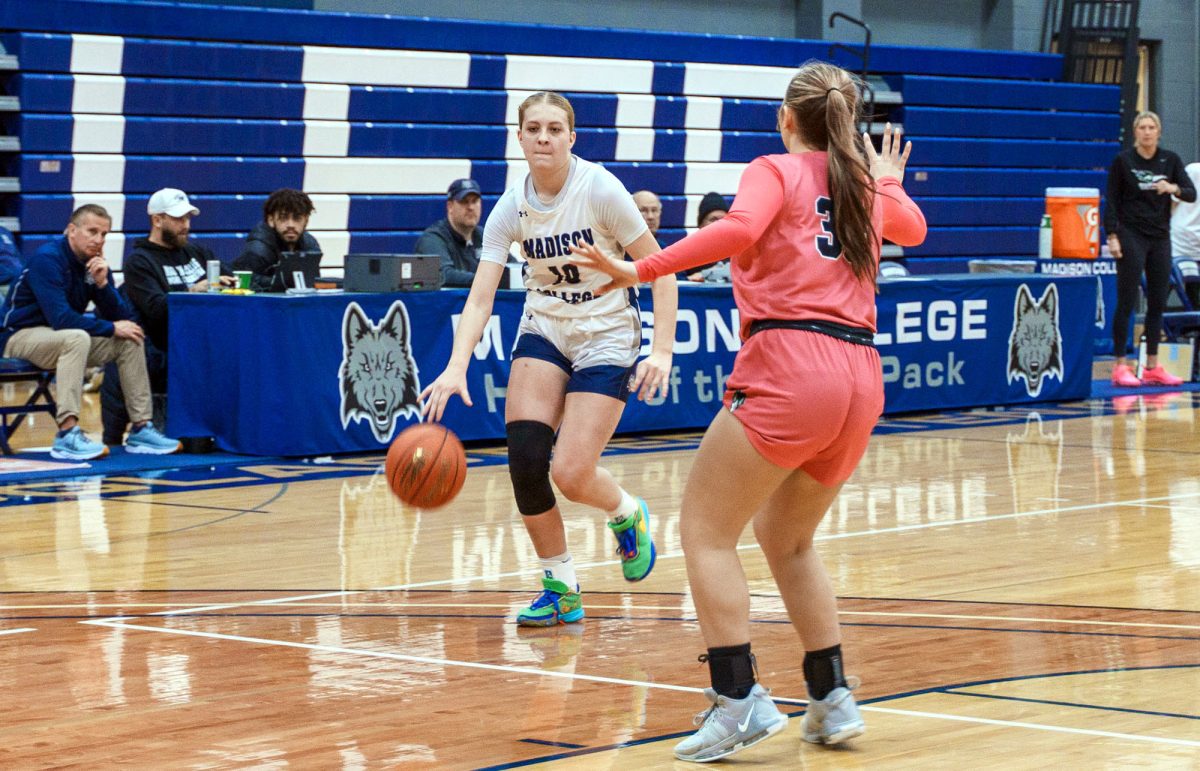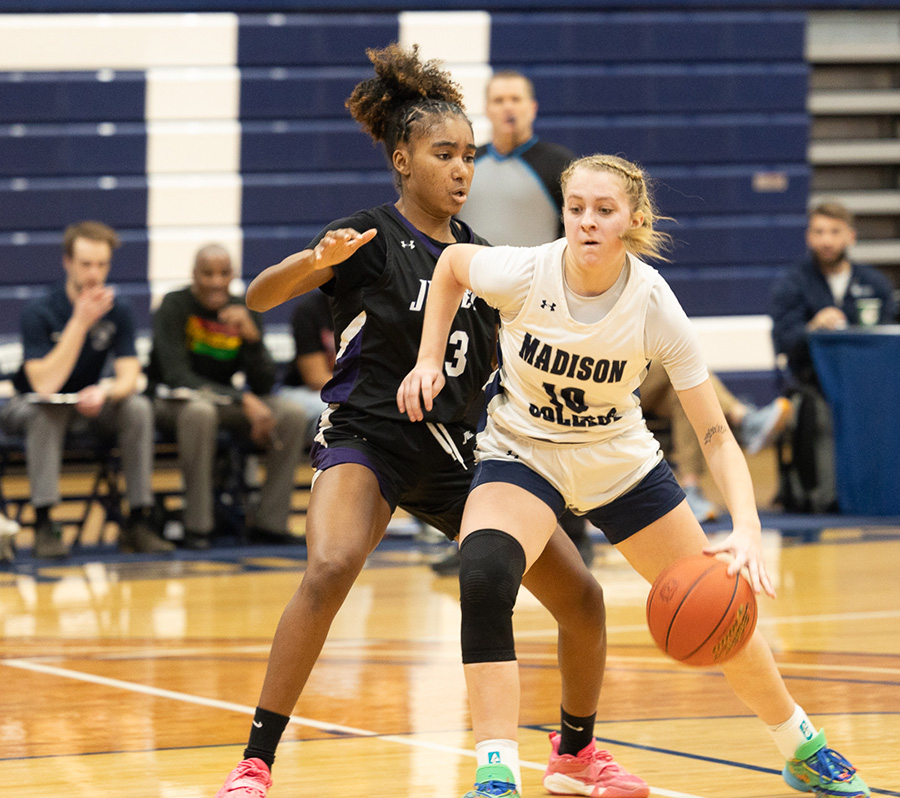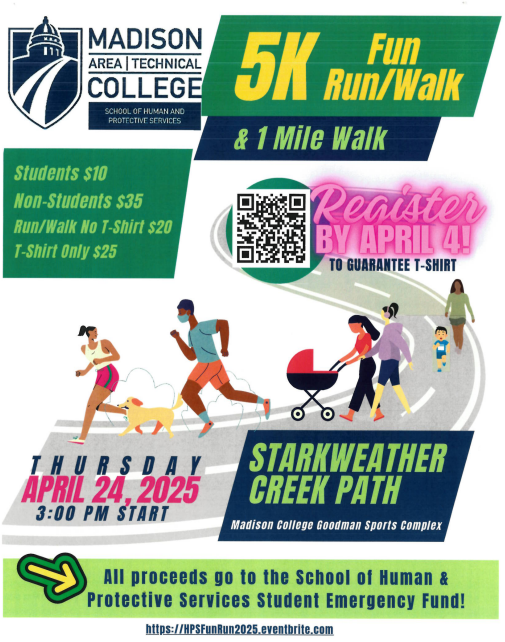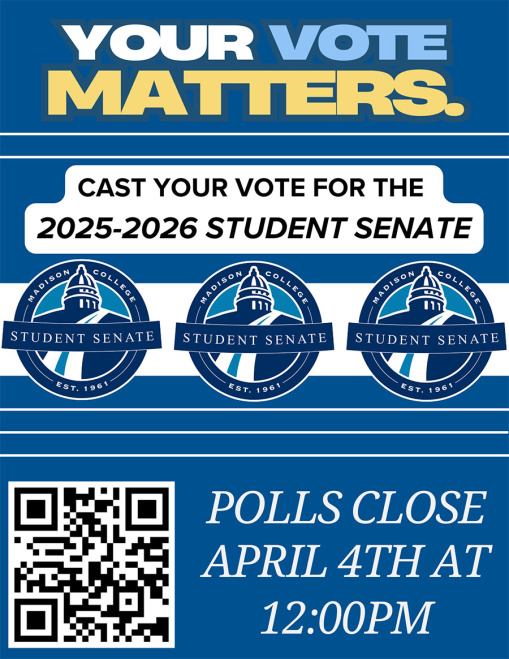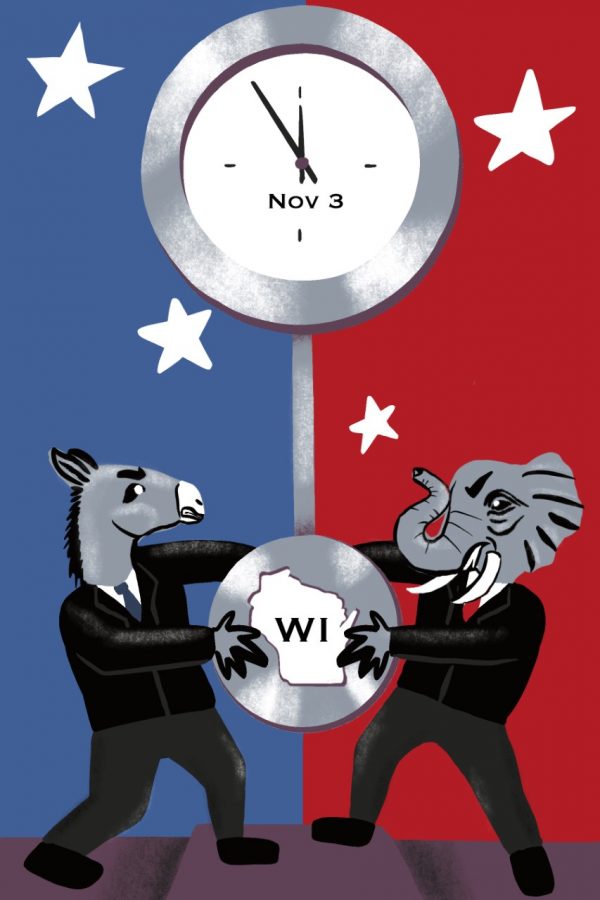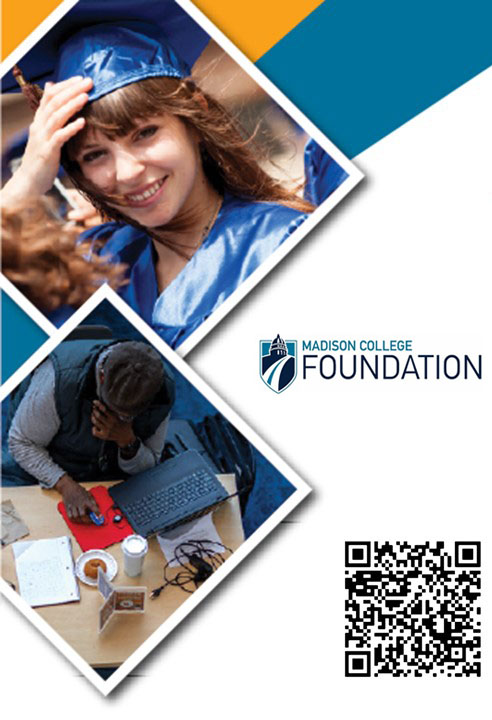Which way will WI sway?
High election turnout is anticipated in the state
October 28, 2020
A swing-state that is tough to predict, Wisconsin is often a tough battleground for presidential candidates. Marquette University Law School interviewed 805 registered Wisconsin voters between Sept. 30 and Oct. 4, about who they were voting for, how they were voting, and what their stances are on the pandemic, presidential policy, protests, and political discussions with others.
Charles Franklin, the pollster who collected and authored these findings, had a lot to say about the polls and what they indicate.
“In our surveys, we are looking at turnout that is near record levels. I would expect this to be comfortably over 3 million in total turnout, which would be a presidential turn out record,” Franklin said.
He explained that compared to last year, more people have made firm decisions on who they are voting for. In 2016, 18 percent of voters were voting third party or were undecided on who they were voting for.
This year, only 10 percent are in that camp. Another statistic that Franklin thinks is helping voter turnout is that 22 percent of voters in 2016 said they had an unfavorable view of both candidates, whereas this year, only 8 percent had unfavorable views of both.
Franklin noted that several of the states that voted for President Donald Trump in 2016 are now favoring former Vice President Joe Biden. If the polls stay consistent with actual votes, Franklin said that Biden should get the electoral college majority. “If those other states fail to flip, then once again we look very much like one or three pivotal states for the electoral college,” he said.
The pollster also explained that even though both parties had a loyal following, over the past few months, six to eight percent of Republicans said they were going to cross party lines and vote for Biden, while only two to four percent of Democrats said that they would crossover to vote for Trump. “Independents were tilting towards Trump until the spring, but beginning in May and since, many have consistently tilted towards Biden by five or six points,” he said.
According to Franklin, race, gender, and education have a large part to play in determining whose votes go where. “Black voters are going over 80 percent for Biden, less than 10% for Trump. There are a few more undecided African American voters in the population as a whole (over 10 percent). Hispanic voters are around 60 percent or so for Biden, about 30 percent for Trump, and some are undecided,” He elaborated.
Around 60 percent of white men without a college degree are planning to vote for Trump and only 32 percent plan to vote for Biden. When it comes to white women with a college degree, the opposite is true. Around 60 percent of them plan to vote for Biden and 30 percent for Trump.
“The groups to really watch as swing voters are the white women without a college degree that are tilting towards Biden by mid-single digits, five to 10 points, and white men with a college degree who are also leaning towards Biden by single digits,” the pollster said. In 2016, both of those groups swung towards Trump, but in 2018, they swung toward Tammy Baldwin.
As of Sept. 30-Oct. 4, 46 percent of voters across the board said they were voting for Biden and only 41 percent said they were voting for Trump. Though there has been minor variance in the percentages for each candidate that vary month by month, the results have been fairly consistent since early May, where there was only a four percent difference between the candidates. The remaining percentage was made up of voters who didn’t know or refused to vote (eight percent) or planned on voting for Libertarian candidate Jo Jorgensen (four percent).
When comparing his polls with others in the State of Wisconsin, Franklin said that most others have Biden up by four to six points, but a few others show that Biden is up by quite a bit more.
“Recently there have been a few other polls different than mine that have an eight to 10 point [Biden] lead… so it’s also fair to point out that there is a little bit of uncertainty with where we are in the size of Biden‘s lead.”
Favor for Trump has decreased a little among voters from Dec. 20, 2019 to Oct. 4, 2020, but unfavorable views of Trump have stayed fairly consistent between those same dates. Favor for Biden on the other hand, has increased by seven points from Dec. 20, 2019 to Oct, 4, 2020, making him more favorable than unfavorable for the first time among voters this year, by three points.
As for Mike Pence and Kamala Harris, voters are slightly more favorable of Pence as of early October compared to early September. The opposite is true for Harris. Favor for her has slightly decreased since early September. By and large, voters remained split on both vice-presidential candidates, with 17 percent of voters unable to give an opinion on Pence and 23 percent unable to give an opinion on Harris.
Approval rates for protests against police violence have dropped from mid-June to earlier this month by 15 points, and disapproval has gone up. As of Oct. 4, 46 percent of voters approve of the protests and 49 percent disapprove. Favorable views for the Black Lives Matter movement have also been on a steady decline. As of mid-June, 59 percent of voters felt favorable to the movement and only 27 percent felt unfavorable. As of Oct. 4, only 46 percent of voters find favor with the movement and 40 percent now disapprove.
When it came to the Judge Amy Coney Barrett Supreme Court nomination, 81 percent of Republicans felt that the vote for a new justice should be before the presidential election whereas 90 percent of Democrats felt that the vote should happen after the election.
Another topic that the polls covered was if masks should be required or not. While the majority in every region agreed that masks should be mandated, support for the requirement was the highest in Milwaukee and Madison and the lowest in suburbs around Milwaukee and rural parts of Wisconsin. Support for mandating masks have increased for all regions from early August to early October. Though Republicans remain largely split on the issue, support for the mandate has grown in the party. Support has grown from the Democrat party too, though the majority has been consistent in their favorable views.
Discussing politics with other people has become more volatile today than in 2016, especially for Democrats. In 2016, 30 percent of Republicans said they had stopped talking about politics with someone. However, as of October of this year, only 28 percent said they had halted the discussions. In 2016, 39 percent of Democrats said they had stopped talking politics with someone, but that number rose to 46 percent as of this October.
Franklin felt that based on all of the polls he conducted, there wasn’t any great indicator that the results of this election would be as surprising as they were in 2016. Instead, the results seem to indicate that there is a high probability that Biden will win the presidential bid, and it’s not just that more people say they will vote for him. Part of it is how decisive that voters feel about each candidate. There are many less undecided or unhappy voters this time around compared to 2016. Franklin thinks that this will decrease the chance that we will see a big discrepancy between the results of the presidential election and the polls that are being conducted, but he acknowledged there is still a chance.
“The Northern and rural parts of the state actually voted pretty closely to where we thought they would vote last time, so it doesn’t look like that there was a severe underestimate of Trump support in those parts of the state where he did very, very well and the polling did seem to capture that. It was more of an issue in the suburbs from Milwaukee up through Green Bay where the errors were larger in the polling,” he said.
Franklin also addressed the rumors that Biden supporters are more likely than Trump voters to speak with pollsters. According to a The New York Times and Siena College poll, Republicans were actually more likely to talk to pollsters than Democrats in a number of states. “So that is some empirical evidence against the theory that there are a lot of hidden Trump voters, but it’s still something that keeps bolsters up like me up late at night worrying about whether we are missing people,” Franklin said.
To see all of the polls that Franklin and the Marquette Law School conducted, head over to https://law.marquette.edu/poll/


